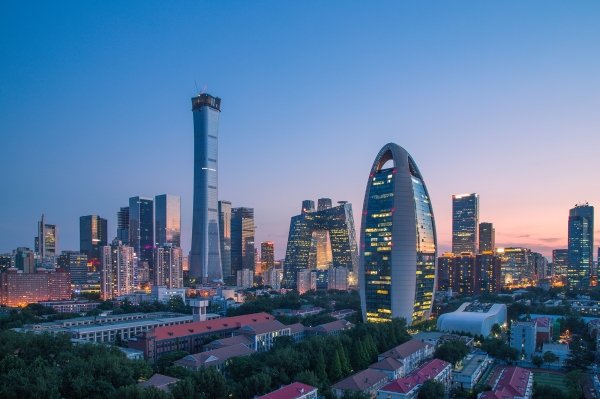Still To Come This Week
 |
Monday, May 22 // 4–5:30 pm (ET)
Like the Great Game struggles between Russia and Britain over India that existed for most of the 19th century, the “other” Great Game in East Asia over control of the Korean peninsula also gave rise to lasting rivalry and bloodshed among the regional powers at the turn of the twentieth century. Using her latest book, The Other Great Game: The Opening of Korea and the Birth of Modern East Asia (The Belknap Press of Harvard University Press, 2023), Sheila Miyoshi Jager will illuminate some key aspects of this struggle to show how these earlier conflicts and rivalries set the course for the future of East Asia and the larger global order.

Tuesday, May 23 // 10–11:00 am (ET)
This panel will explore what religious freedom means to societies in MENA, and whether state authorities with vested interests in how religion is interpreted guarantee the rights of all citizens, even those at odds with their respective governments.

Tuesday, May 23 // 11:00 am–12:30 pm (ET)
The inner workings of the Mexican Supreme Court, some of which may prove to be highly consequential in pending cases, are largely unknown to much of the Mexican public, let alone to analysts and observers abroad. To open the black box and discuss the nuts and bolts of the Court’s mechanisms and peculiarities, including the role of the Chief Justice, the supermajority requirement for certain decisions, and the assignment of cases to justices, the Mexico Institute, Mexico Evalúa, and the Arizona State University School of Law’s Center for Constitutional Design, have assembled an expert panel.

Wednesday, May 24 // 10:00 am–12:30 pm (ET)
Join us for discussions on the impact of China's development promotion and foreign aid policies on partner states, and exporting China's modes of law and governance.


Thursday, May 25 // 10–11:15 am (ET)
Building on her previous work on China's local-level engagement across Latin America, Margaret Myers' forthcoming book project explores the complex and intersecting fabric of actors and institutions, each with disparate motivations, that are shaping the China-Latin America dynamic at present. Through a series of journalistic renderings, this book will showcase some of the individuals, communities, civil society organizations, and myriad other actors responsible for crafting China-Latin America commercial and diplomatic ties.


|





